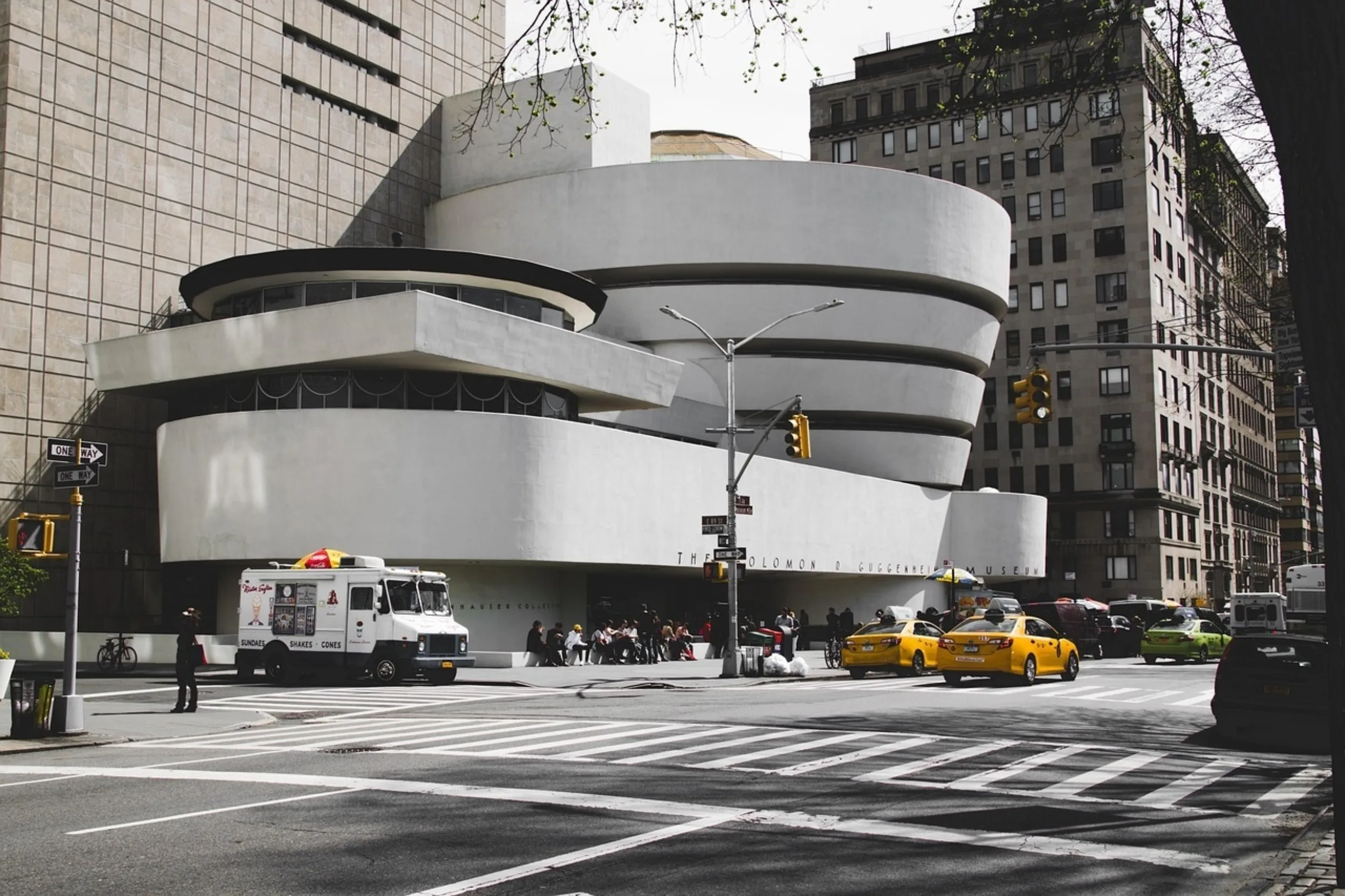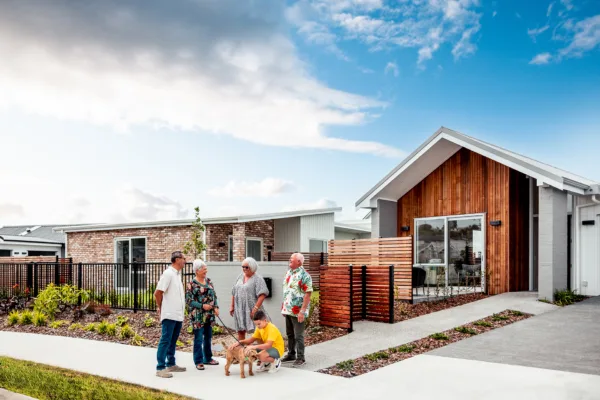Human Architecture: The Evolution of Universal Design
Human Architecture: The Evolution of Universal Design

The concept of Universal Design, coined by Ronald Mace in the 1980s, reflects a long-standing awareness among architectural pioneers about the evolving nature of the human condition. While Mace expanded this idea to encompass the built environment, history shows us that the principles of human-centred architecture are not new.
In the 1950s, Frank Lloyd Wright designed a wheelchair-accessible home, modifying one of his L-shaped designs to include wider doorways, lower door handles, and easy-to-open cabinets with fold-down hinges. He also incorporated a roll-under sink and seating throughout the house, ensuring that all guests could sit at the same level. One of Wright's most renowned designs, the Guggenheim Museum in New York, features a central ramp that serves both as an aesthetic element and a functional access point for a diverse range of visitors.
Similarly, in 1998, Rem Koolhaas showcased architectural excellence with the Maison Bordeaux. This unique three-level house, designed for a client, features a 10-square-metre elevator that doubles as the main office. This innovative design element not only serves as a central focus of the building but also highlights how accessibility can drive architectural innovation.
These modern architectural pioneers understood the human condition and integrated this understanding into their designs, achieving both functionality and innovation. Universal Design is about recognising that disability is a natural part of the human experience and incorporating these needs into our buildings and spaces. In essence, it is about creating human-centred architecture.




